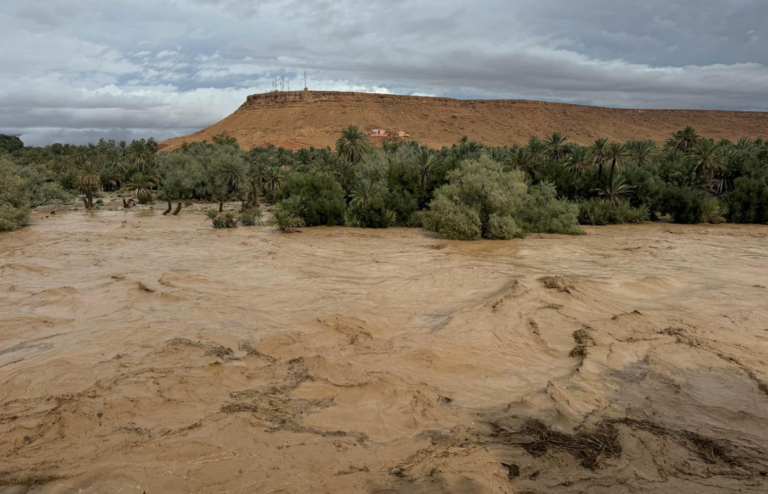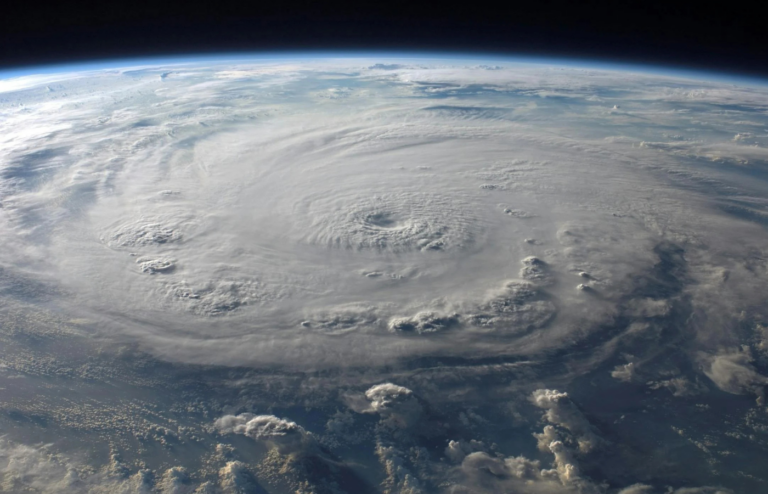The Moon, Earth’s constant celestial companion, exerts subtle yet significant influences on our planet’s weather and climate systems. Here are ten ways the Moon affects Earth’s atmospheric conditions:
1. Ocean Tides Influence Weather Patterns

The Moon’s gravity causes ocean tides, resulting in the regular rise and fall of sea levels. These tides help drive ocean currents, which redistribute heat around the planet and influence regional weather and climate patterns.
2. Atmospheric Tides Affect Air Pressure
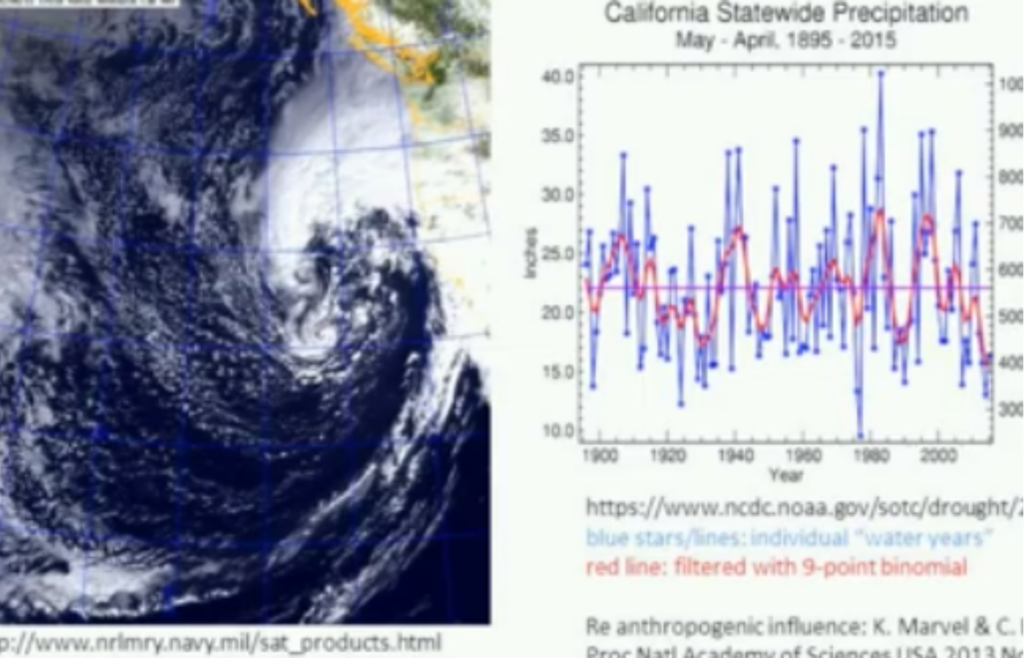
Like ocean tides, the Moon also creates atmospheric tides subtle oscillations in Earth’s atmosphere driven by its gravitational pull. These atmospheric tides cause regular fluctuations in air pressure, which can have a subtle impact on weather systems.
3. Modulation of Rainfall Patterns
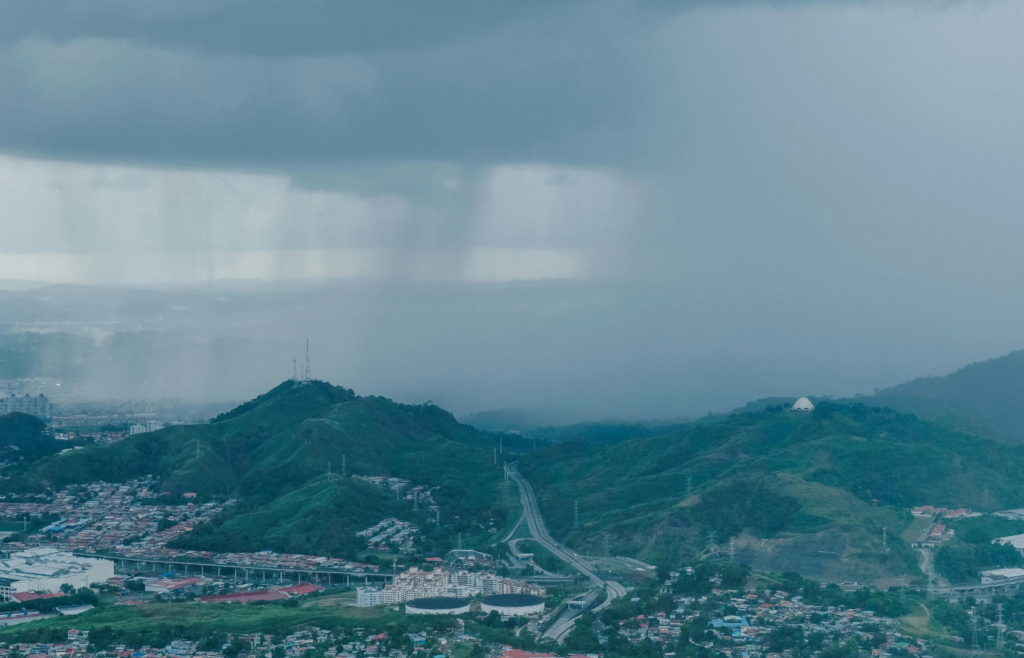
Research suggests the Moon’s position can influence precipitation, with studies showing a slight increase in rainfall when the Moon is overhead or underfoot. This may be linked to lunar-induced atmospheric tides that affect cloud formation and stability.
4. Impact on Thunderstorm Activity
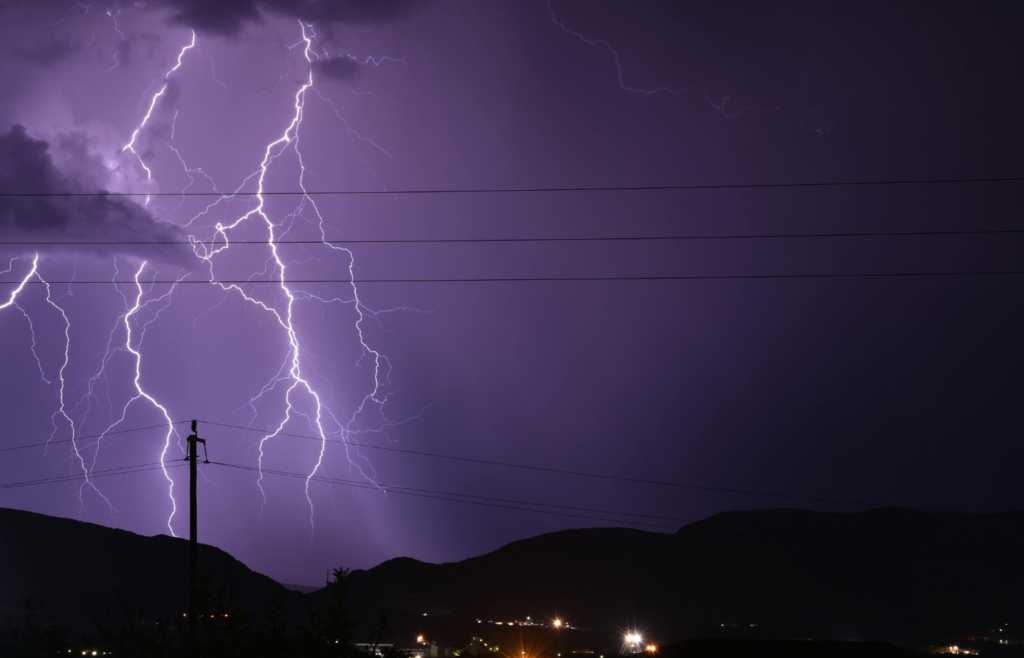
The Moon’s phases may correlate with variations in thunderstorm frequency. Some studies suggest an uptick in thunderstorm activity around the full Moon, potentially linked to lunar modulation of atmospheric conditions conducive to storm development.
5. Influence on Earth’s Axial Stability
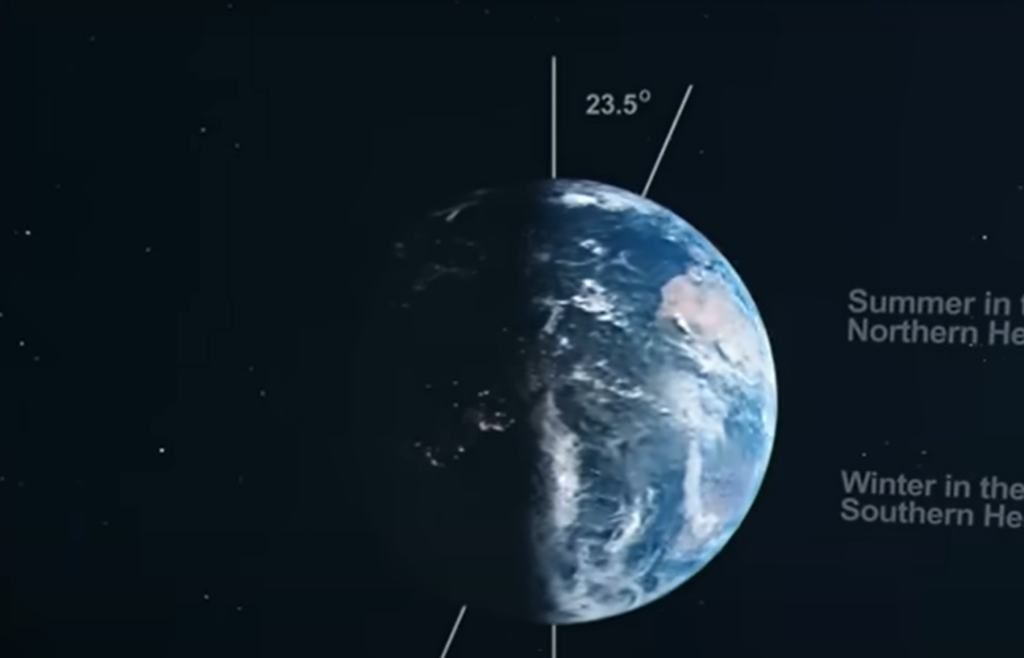
The Moon plays a key role in stabilizing Earth’s axial tilt, preventing extreme shifts. This stabilization helps maintain a relatively consistent climate over long periods, as significant changes in axial tilt could cause severe climatic fluctuations.
6. Contribution to Tidal Heating
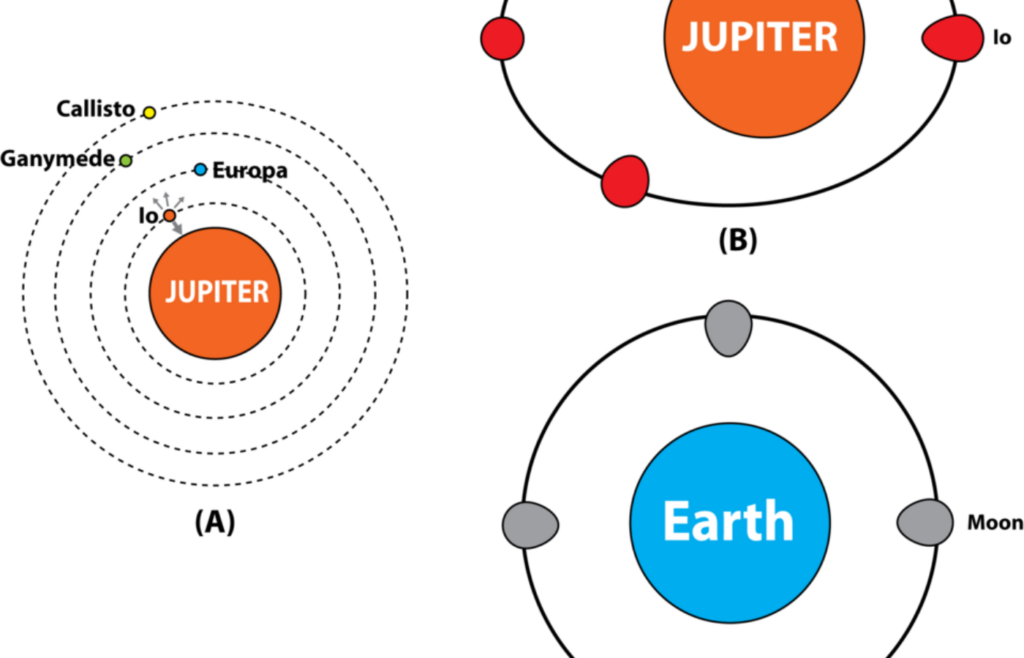
The gravitational pull between Earth and the Moon creates tidal forces that generate internal friction and heat within the Earth’s interior. This tidal heating can affect geological activity, which, over long periods, may influence atmospheric conditions.
7. Influence on Atmospheric Temperature
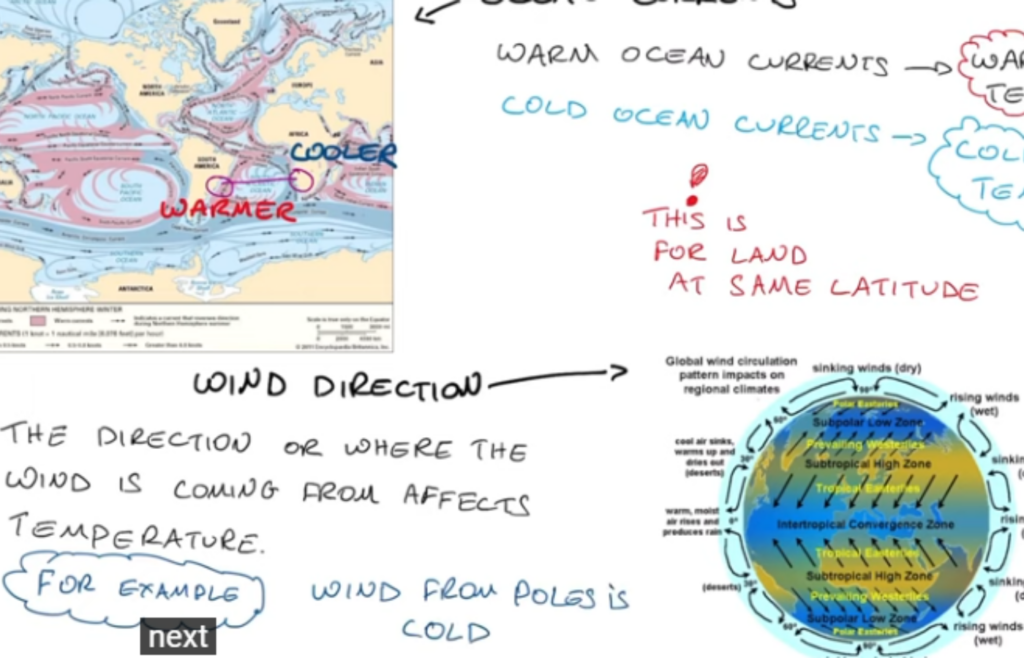
The Moon’s phases do not cause measurable changes in Earth’s atmospheric temperature. The Moon reflects sunlight but does not emit significant infrared radiation to warm the atmosphere.
8. Effect on Earth’s Magnetic Field

While the Moon’s tidal forces primarily influence Earth’s oceans and crust, their impact on the planet’s magnetic field is minimal. Earth’s magnetic field is generated by convection in the liquid iron outer core, a process largely independent of lunar influence.
Read More: Top 10 Weather Phenomena That Science Still Doesn’t Fully Understand
9. Influence on Biological Rhythms
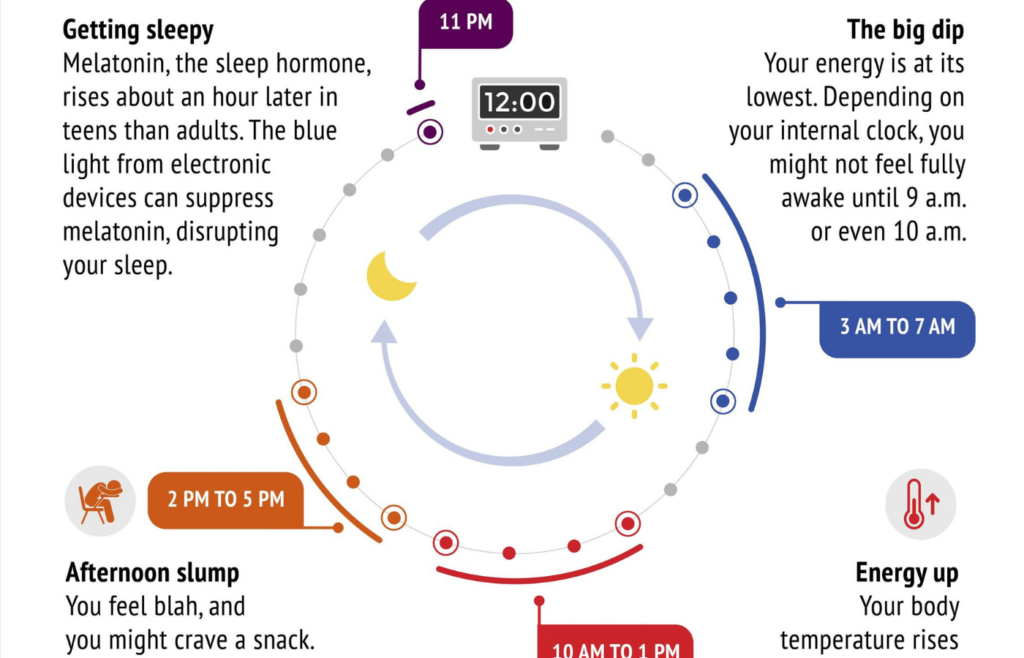
Many marine organisms, like corals and certain fish, time their behaviors such as spawning to lunar phases. These synchronized events can influence local marine ecosystems, which may indirectly affect regional weather patterns through complex ecological and atmospheric interactions.
Read More: Never Do These 10 Things During a Thunderstorm
10. Potential Impact on Climate Cycles

The Moon’s 18.6-year nodal cycle subtly alters tidal patterns, influencing how tides rise and fall over time. This long-term cycle can affect ocean and atmospheric circulation, potentially playing a role in shaping climate patterns over decades.
While the Moon’s influence on daily weather is subtle, its cumulative effects over time contribute significantly to Earth’s climatic stability and various atmospheric phenomena.
Read More: 15 Smartest Ways to Prepare for a Hurricane Before It Hits



